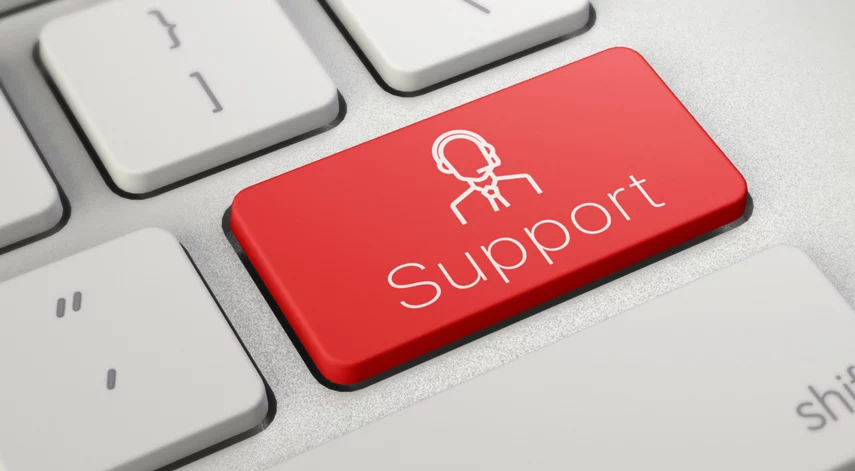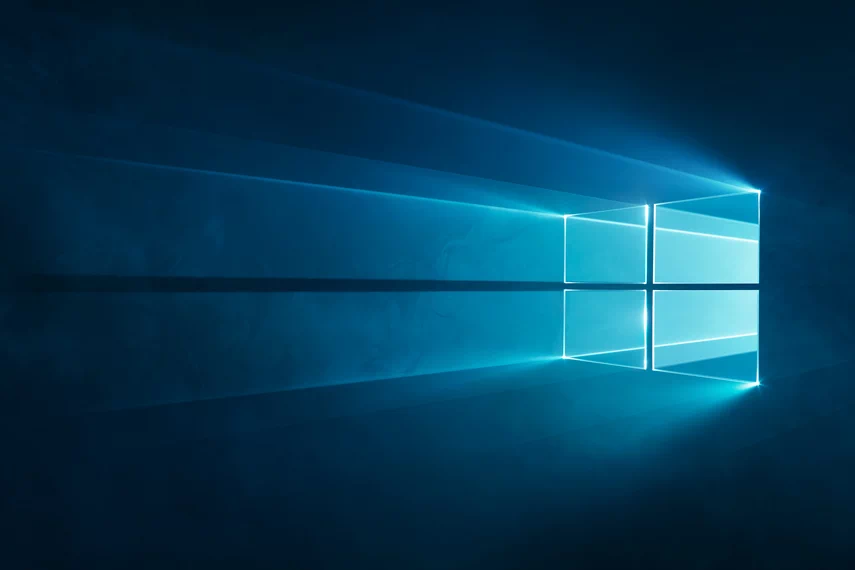How to Fix Sending and Receiving Issues
Ever hit “send” only to wonder if your email vanished into the digital void? Or waited anxiously for an important message that never arrived? If Outlook is giving you trouble, you’re not alone.
Email is at the heart of business communication, and when things go wrong—whether it’s emails getting stuck, bouncing back, or never showing up—it can be frustrating and disruptive. The good news? Most Outlook issues have simple fixes. Let’s go through the most common problems and how to solve them.
Email Sending Issues: Why Won’t My Emails Send?
1. “Cannot Connect to Server” Errors
If Outlook says it can’t connect to the server, it usually means there’s a network issue, incorrect settings, or server downtime.
Outlook relies on an internet connection to reach your email provider’s servers. If your internet is down, Outlook won’t be able to send or receive emails. Incorrect server settings (like the wrong incoming or outgoing mail server) can also cause this issue, as Outlook won’t know where to send your messages. If your provider’s mail server is down, Outlook might fail to connect even if your internet is working fine.
Try this:
- Check your internet connection – Open a web page to confirm you’re online.
- Verify server status – If your provider’s mail server is down, you’ll have to wait until it’s back up.
- Confirm email settings – Double-check your incoming/outgoing mail server, ports, and security settings.
- Test network connection – Open Command Prompt and type ping mail.yourdomain.com to see if your server responds.
- Firewall/antivirus settings – Some security software can block Outlook. Try temporarily disabling it to see if that’s the issue.
2. Emails Stuck in the Outbox
If your email lingers in the Outbox and won’t send, it could be due to large attachments, a poor internet connection, or an Outlook glitch. When you send an email, Outlook first moves it to the Outbox before it gets dispatched. If the email stays there, it’s usually because Outlook is struggling to process it. This can happen if the attachment is too large, your internet connection drops mid-send, or there’s a temporary issue with Outlook itself.
Quick fixes:
- Reduce attachment size – Compress files or use cloud storage links instead.
- Manually send/receive – Click “Send/Receive All Folders” in Outlook.
- Restart Outlook – A simple restart can refresh the connection.
- Use Safe Mode – Start Outlook in Safe Mode (hold Ctrl while opening Outlook) to check for add-in conflicts.
- Delete stuck emails – If one email is causing issues, delete it and try again.
3. “Delivery Failed” or Bounce-Back Messages
When emails bounce back, it usually means there’s an issue with the recipient’s email address, their mail server, or security settings.
Bounce-back emails usually include an error message explaining what went wrong. Common reasons include an invalid recipient email address, meaning you might have mistyped it, or their email server rejecting your message. Some servers block emails based on security policies, especially if your domain doesn’t have proper authentication settings (SPF, DKIM, DMARC). If the recipient’s inbox is full, their server won’t accept new messages.
What to check:
- Confirm the recipient’s address – A single typo can cause a bounce.
- Check for blocks – Your email domain might be blocked by the recipient’s mail server.
- Mailbox quota – If the recipient’s inbox is full, they won’t receive new emails.
- Email authentication settings – SPF, DKIM, and DMARC help prevent your emails from being flagged as spam. If these aren’t configured properly, your messages might not be accepted.
4. Emails Sending Slowly
If your emails take forever to send, the culprit is usually large attachments or a sluggish network. Email attachments significantly impact sending speed. If you’re sending large files, Outlook needs extra time to process and upload them before sending. A slow or unstable internet connection can also cause delays, as your email struggles to leave your outbox. In some cases, your email provider might have server-side limitations on sending speed or attachments.
Try this:
- Compress attachments – Large files slow down the sending process.
- Check your internet speed – Run a speed test to see if your connection is slow.
- Ask your provider – If the mail server is running slow, your provider may need to look into it.
Email Receiving Issues: Why Aren’t My Emails Arriving?
1. Missing Emails
Emails can go missing for several reasons. Sometimes, Outlook mistakenly classifies important messages as spam or junk. Custom email rules may also move messages to another folder without you realising it. In some cases, emails may not even reach your inbox due to server-side issues, incorrect forwarding settings, or sender-side problems.
Solutions:
- Check your spam/junk folder – Outlook sometimes mislabels important emails.
- Look at your email rules – Automated rules might be moving messages to unexpected folders.
- Search all folders – Use Outlook’s search bar to find lost emails.
- Check webmail – If your email provider has a webmail option, log in to see if the email is there.
- Whitelist senders – Add important contacts to your safe senders list to prevent filtering.
2. “Cannot Receive Mail” or Synchronisation Errors
If Outlook isn’t pulling in new emails, it might be due to a sync issue, account misconfiguration, or corrupt data files. Outlook periodically syncs with your email provider’s servers to fetch new messages. If there’s a problem with this process—whether it’s a connection failure, incorrect settings, or corrupted Outlook data—your inbox won’t update properly.
Fixes to try:
- Restart Outlook – Simple but effective for clearing temporary glitches.
- Check account settings – Ensure your username, password, and server details are correct.
- Repair Outlook data files – If your Outlook data file (PST/OST) is corrupted, it can cause syncing issues. Run ScanPST.exe to repair it.
- Disable add-ins – A third-party add-in might be interfering with email retrieval.
3. Delayed Emails
This is usually a network or server issue. Delayed emails typically occur when email traffic is high, servers are overloaded, or your email provider applies message filtering that slows delivery. Network congestion and security software (such as email scanning tools) can also introduce delays in message processing.
Steps to fix it:
- Test your internet speed – A slow connection means slow email delivery.
- Check with your provider – Sometimes, mail server delays are out of your control.
Best Practices to Keep Outlook Running Smoothly
To prevent email headaches, here are some proactive steps to keep Outlook in top shape:
Keep Outlook updated – Regular updates improve security and fix bugs.
Manage your mailbox – Large inboxes slow Outlook down, so archive old emails.
Enable multi-factor authentication (MFA) – Protect your account from breaches.
Back up your emails – Avoid losing important data by backing up Outlook regularly.
Stay alert for phishing emails – Be cautious of suspicious messages and unknown links.
Ensure a stable network – A reliable internet connection prevents most email delays.
Need Expert Help? We’ve Got You Covered
Outlook issues can be a real productivity killer. If troubleshooting feels overwhelming, you don’t have to go it alone. At Insight IT, we specialise in keeping business email systems running smoothly—whether it’s fixing delivery issues, securing your email environment, or optimising performance.
Got an email issue you just can’t crack? Get in touch with us today, and we’ll sort it out for you:





